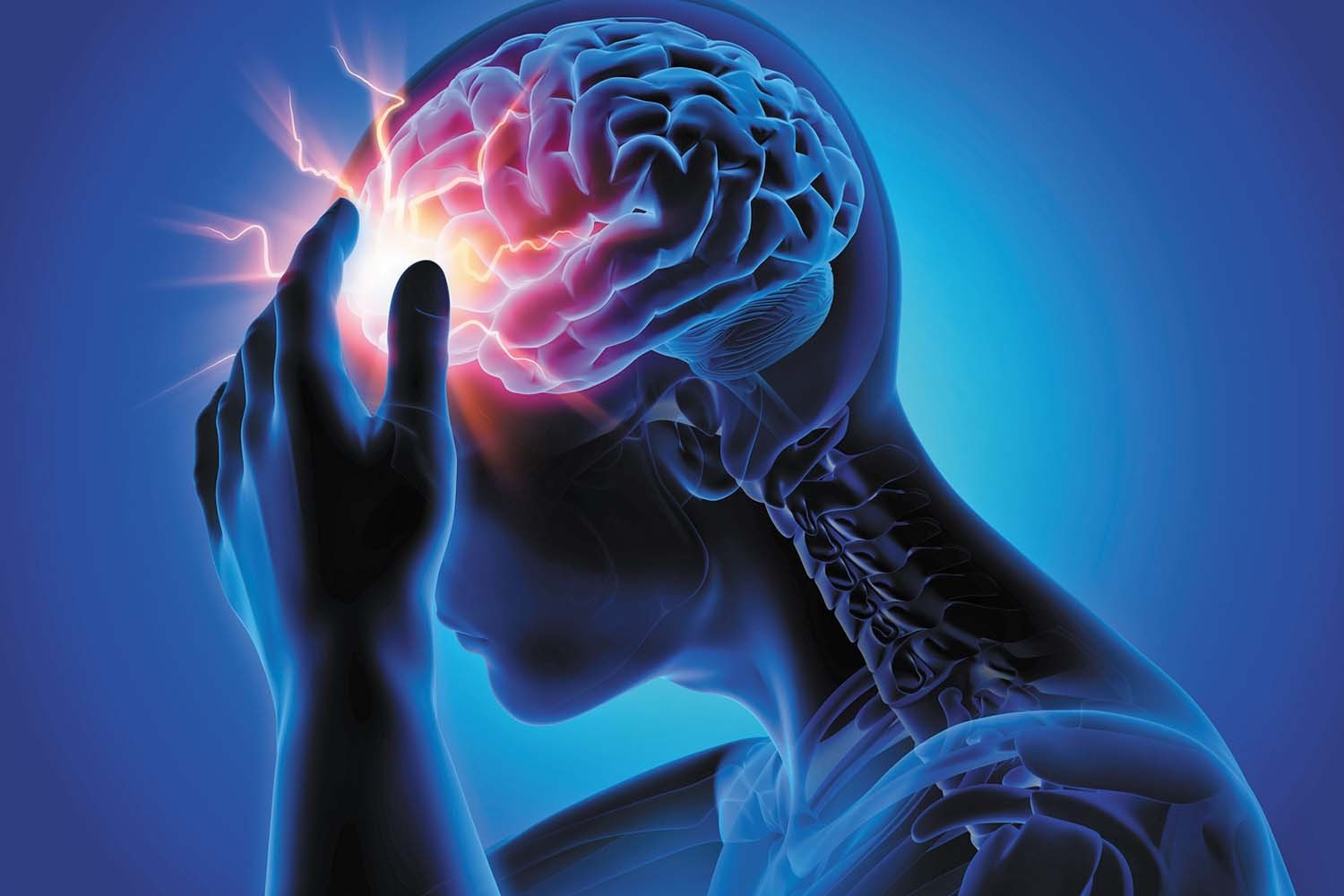Headaches are a common ailment, affecting millions worldwide. From a dull ache to a throbbing pain, headaches can disrupt daily life, making it difficult to focus, work, or even relax. But why do people get headaches in the first place? While there are various reasons, understanding the common triggers can be the first step towards prevention and relief. This article explores seven of the most prevalent headache triggers.
 A woman holding her head in pain due to a headache.
A woman holding her head in pain due to a headache.
Common Headache Triggers
Several factors can contribute to headaches. Identifying these triggers can help you manage and potentially reduce their frequency. Here are some of the most common culprits:
1. Stress
Stress is a well-known headache trigger. Tension headaches, characterized by a tight band-like feeling around the head, are often caused by stress-induced muscle contractions in the neck and shoulders. When these muscles remain tense for extended periods, the brain perceives the tension as pain in the head.
2. Hunger and Certain Foods
Skipping meals can lead to low blood sugar, triggering both tension headaches and migraines. Additionally, certain foods and drinks can be migraine triggers for some individuals. Common culprits include aged cheeses, processed meats containing nitrates, chocolate, caffeine, and alcoholic beverages, especially red wine.
3. Alcohol Consumption
While moderate alcohol consumption may not cause issues for everyone, excessive intake or specific types of alcohol, like red wine, can trigger migraines in susceptible individuals. The exact mechanism is not fully understood, but it may be related to the alcohol itself or other components in alcoholic beverages.
4. Environmental Factors
Environmental stimuli, such as bright or flickering lights, strong smells (perfumes, smoke), loud noises, and changes in weather patterns (barometric pressure fluctuations), can trigger migraines in some people. Individuals with cluster headaches often notice a correlation between their headaches and seasonal changes.
5. Hormonal Fluctuations
Hormonal changes, particularly fluctuations in estrogen levels, are strongly linked to migraines in women. Menstrual cycles, pregnancy, perimenopause, and hormone replacement therapy can all influence headache frequency. Migraines often improve or disappear after menopause.
6. Caffeine Withdrawal
Regular caffeine consumers may experience headaches when they abruptly stop or significantly reduce their intake. This is because caffeine constricts blood vessels; withdrawal causes them to dilate, potentially leading to the throbbing pain associated with migraines.
7. Sleep Deprivation
Lack of sleep or changes in sleep patterns can trigger both tension headaches and migraines. Ensuring adequate sleep is crucial for overall health and can significantly reduce headache frequency.
Types of Headaches
Understanding the type of headache you experience can be helpful in identifying triggers and seeking appropriate treatment.
-
Tension Headaches: Characterized by a tight band or pressure around the head. Often mild to moderate in intensity.
-
Migraines: Typically involve intense, throbbing pain, often on one side of the head. Can be accompanied by nausea, vomiting, and sensitivity to light and sound.
-
Cluster Headaches: Severe, debilitating headaches occurring in clusters, with periods of remission. Pain is often centered around one eye and can be accompanied by tearing, nasal congestion, and facial sweating.
Managing and Preventing Headaches
Identifying and avoiding triggers is a key strategy for managing headaches. Keeping a headache diary to track potential triggers, such as food, activities, and stress levels, can be helpful. Lifestyle modifications, including regular exercise, a balanced diet, stress management techniques (yoga, meditation), and sufficient sleep, can significantly reduce headache frequency and severity. Consult with a healthcare professional if headaches are frequent, severe, or disrupt your daily life. They can provide a proper diagnosis and recommend appropriate treatment options.
Conclusion
Headaches can be caused by a variety of factors, from stress and dietary choices to environmental influences and hormonal changes. While identifying triggers can be challenging, understanding the common culprits is the first step towards managing and preventing headaches. By making lifestyle adjustments and seeking professional guidance when necessary, you can take control of your headaches and improve your overall well-being.